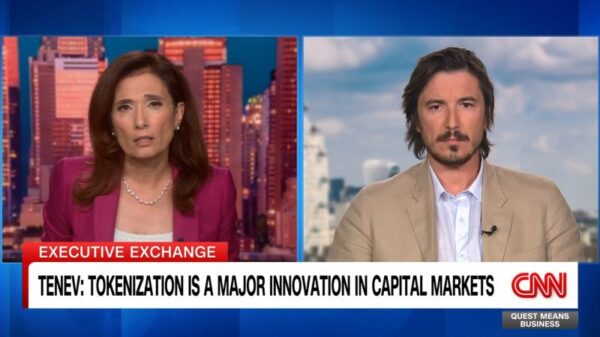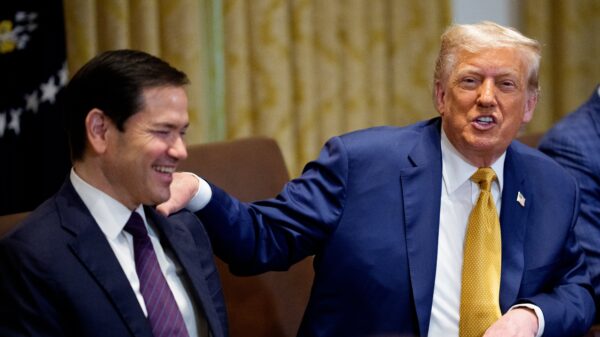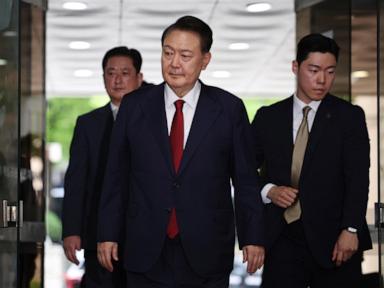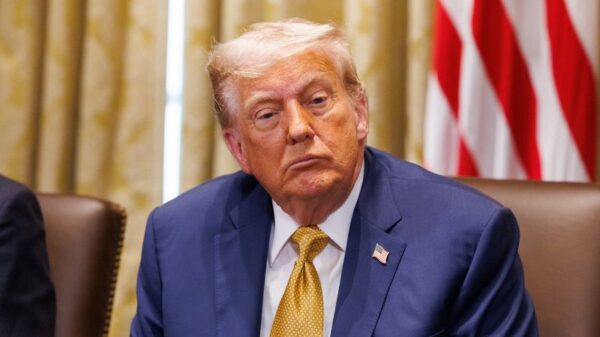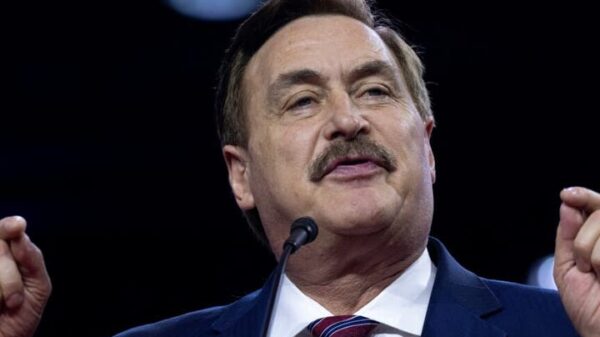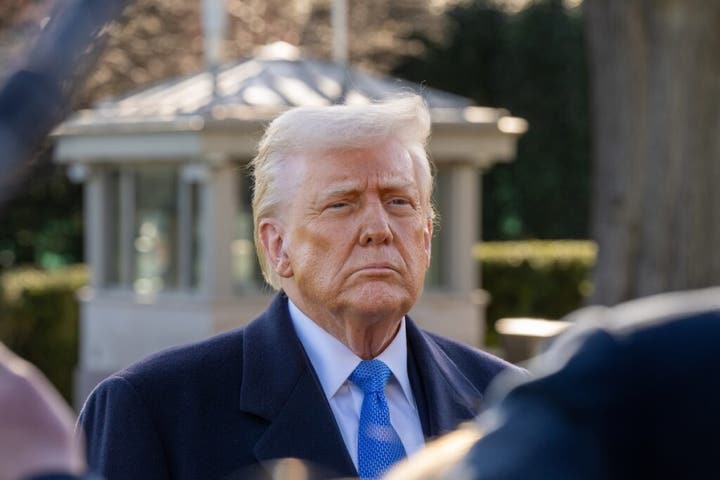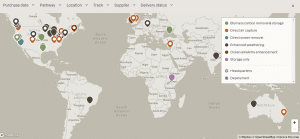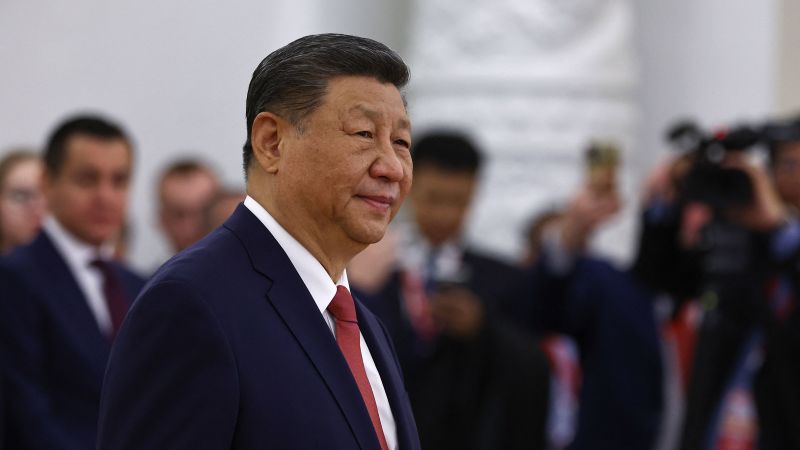President Donald Trump announced on March 15, 2025, that the United States will unveil trade agreements with “a minimum of seven countries” on the following morning, with additional announcements expected later in the day. This declaration, made via his Truth Social platform, signals a significant shift in the U.S. trade strategy as Trump intensifies his focus on bilateral agreements.
Trump’s announcement aligns with ongoing efforts to restructure tariffs and trade relations. In a statement, he expressed gratitude for public attention to the new plans, stating, “We will be releasing a minimum of 7 Countries having to do with trade… Thank you for your attention to this matter!” The urgency of this announcement underscores the administration’s push to solidify trade partnerships ahead of upcoming negotiations.
Commerce Secretary Howard Lutnick confirmed that the administration aims to finalize agreements with ten major trading partners by July 9, 2025. Thus far, the United Kingdom has secured preferential treatment, benefiting significantly from reduced auto tariffs, which dropped from 27.5% to 10%, along with the elimination of aerospace duties. Companies such as Rolls-Royce Holdings are expected to gain from these changes.
Shift to Bilateral Agreements
Trump’s strategy marks a departure from multilateral negotiations, favoring direct, country-to-country deals. This approach has raised concerns among economists who argue that it could lead to trade tensions. On March 12, Trump threatened an additional 10% tariff on countries that align with BRICS nations—namely China, Russia, India, and Brazil—citing their perceived anti-American policies.
In a related development, Treasury Secretary Scott Bessent announced plans to meet with his Chinese counterpart within the next few weeks to advance trade discussions between the United States and China, the world’s two largest economies. These talks come at a time when the U.S. is navigating complex trade dynamics with multiple countries.
Japan is also in the spotlight, facing proposed tariff rates of 25% as negotiations have been extended until August 1, 2025. This delay is attributed to domestic political constraints ahead of Japan’s July 20 upper house election. Prime Minister Shigeru Ishiba has made it clear that Japan will not make easy compromises regarding automobile tariffs, emphasizing the nation’s firm stance on trade negotiations.
Criticism of Tariff Strategy
Trump’s approach has drawn criticism from various economists. Notably, Peter Schiff described the tariff strategy as indicative of “a complete lack of understanding of trade.” He highlighted that Japan’s average tariffs on U.S. goods are under 2%, while South Korea’s tariffs are below 1%. This critique suggests that the U.S. government may be overlooking the broader implications of its trade policies.
As the United States prepares to roll out its new trade agreements, the potential impact on global markets and international relations remains to be seen. The focus on bilateral negotiations could reshape the landscape of trade, affecting not only major economies but also smaller nations that rely heavily on international trade.
Overall, Trump’s upcoming announcements are poised to alter the trajectory of U.S. trade policy, with significant implications for both domestic and global markets. The attention now turns to how these agreements will be received by the international community and the long-term consequences for American and global economies.



